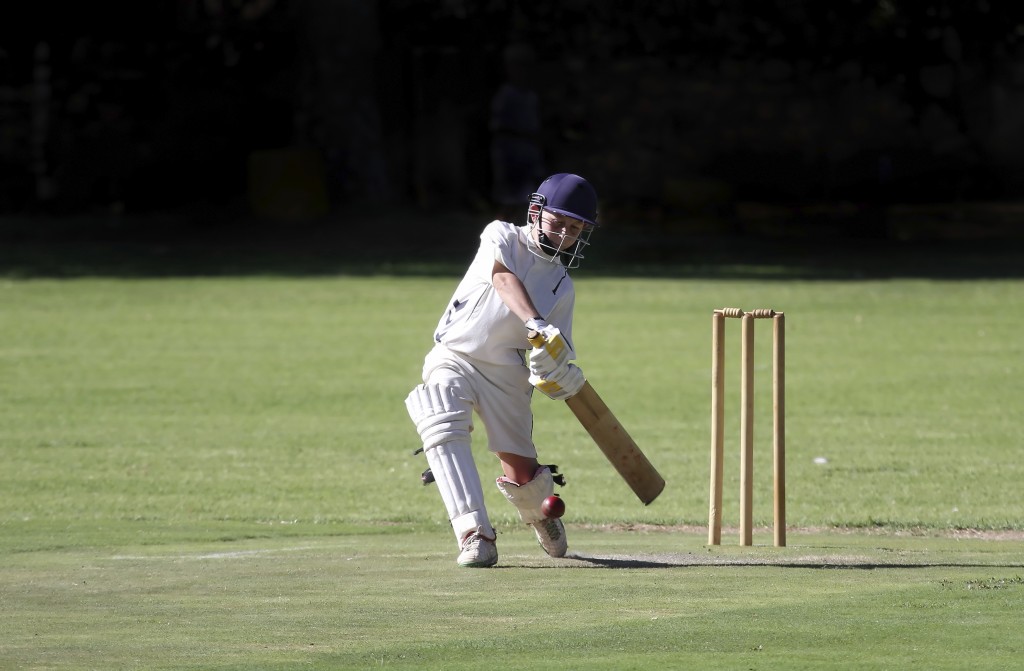Common Cricketing Injuries and the Stars Who Have Suffered
At any sport, especially when played at a high and competitive level, injuries are common, and cricket is no exception. The repetitive nature of certain aspects of the game means that some injuries are particularly prevalent and several well known cricketers have suffered them, some needing physiotherapy, and some suffering injuries that have led to retirement…
Knee Injuries
So much strain is put on the knees in competitive cricket that they are especially predisposed to injuries, most notably amongst bowlers, with such household names as Darren Gough and Michael Vaughan being affected. Bowlers’ knees are constantly put under considerable pressure both on the delivery stride and when twisting awkwardly to make a catch so cartilage or ligament injuries are widespread, but wear and tear can also damage the knee longer-term. Often keyhole surgery is required with a course of physiotherapy necessary for a full return to fitness.
Hamstring Injuries
Like footballers, cricketers are prone to injured hamstrings – the muscles running down the back of the thigh to the knee – which are in constant use when running, jumping or bending and so are under considerable pressure in bowling, fielding and making runs. Hamstring injuries vary in severity from a fatigue or strain up to a severe structural injury, so treatment and recovery time can differ too. Australian captain Michael Clarke required surgery for a career-threatening hamstring injury, and again a course of physiotherapy is necessary to facilitate optimal recovery.
Groin Injuries
The sharp and repetitive motion involved in batting, bowling, squatting, jumping and running can damage the muscles and fibres around the hip area and sports physiotherapy can be helpful to analyse mobility and muscle strength, and identify any triggers, thus helping cricketers prevent it.
Hand and Wrist Injuries
The impact of the heavy, solid ball, and the incredible speeds at which it travels, can cause injury to hand and wrist bones, joints, tendons, ligaments and even nerves. Such damage is potentially career ending, as 27 year old Sussex all-rounder Rory Hamilton-Brown sadly found, so it’s imperative to get the right treatment or surgery. Physiotherapy is vital, both in identifying the need for treatment and regaining full movement.
Accidents – and injuries – will always happen and are certainly not limited to the above. Physiotherapy following, or in conjunction with, appropriate surgery or treatment will aid a full recovery. However, working with a physiotherapist can also help to prevent certain strains and injuries in the first place.

